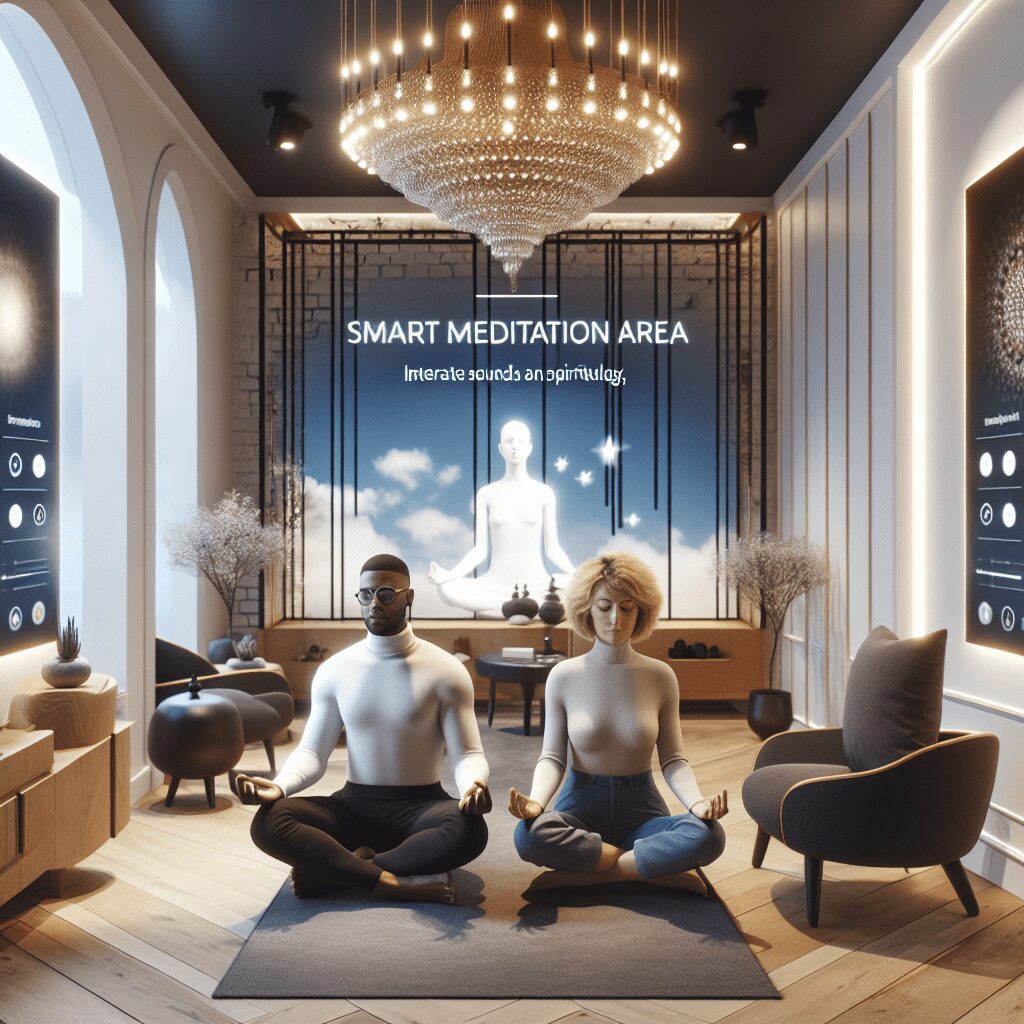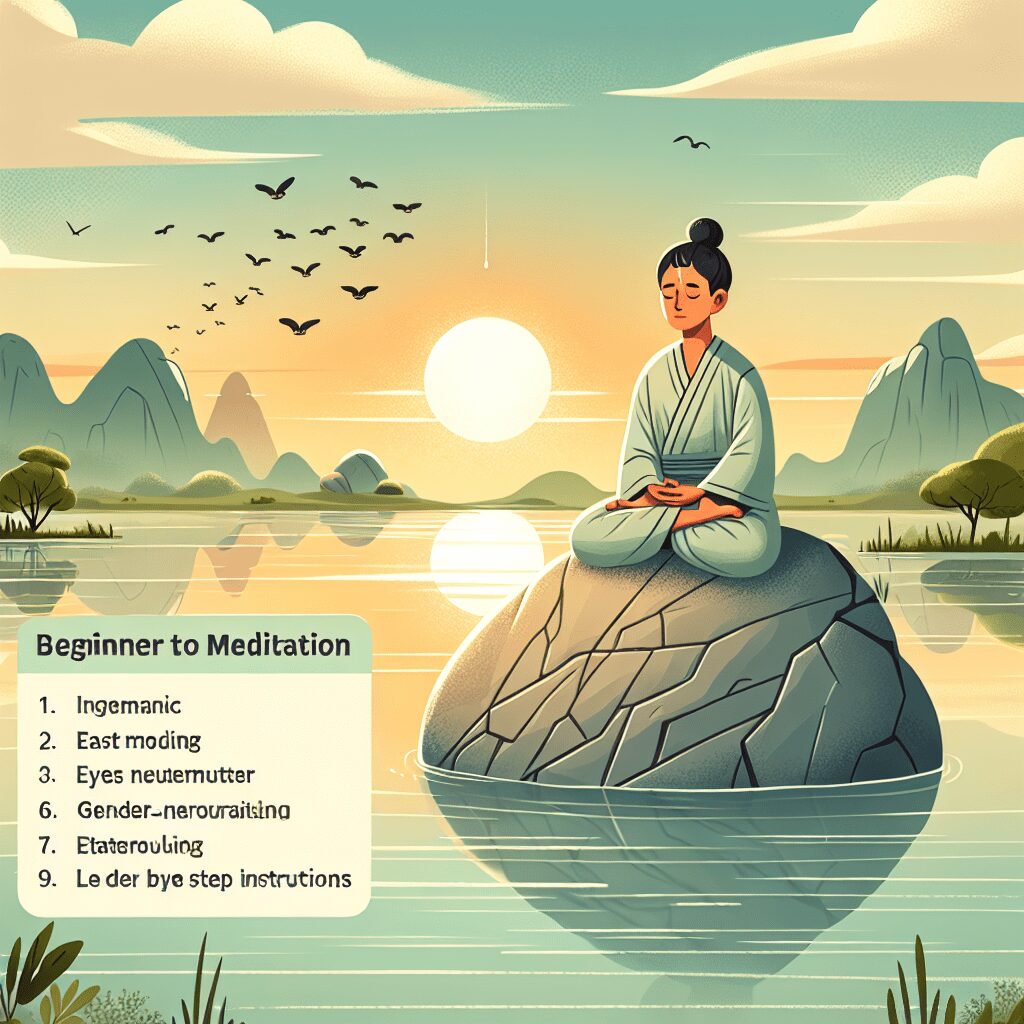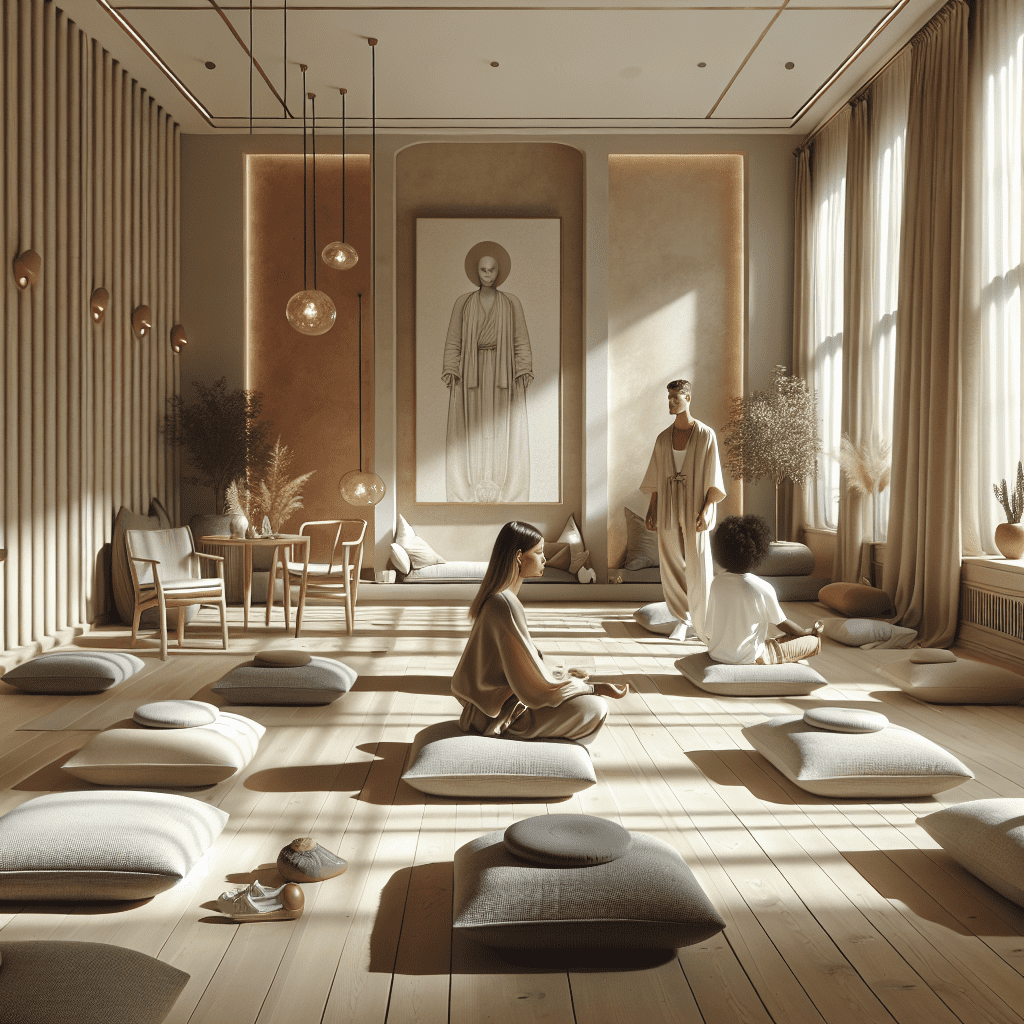
Prioritize your mental well-being daily. Enhance your life by nurturing your mental health with the Smart Meditation app. Break free from stress, alleviate anxiety, and enhance your sleep quality starting today.
What Is Anxiety Disorder?
Unraveling the Mystery of Anxiety Disorder
Ah, anxiety! That nagging feeling of unease that creeps up on you, seemingly out of nowhere, turning molehills into mountains. For some, it’s like a shadow, always lurking; for others, it’s an occasional unwelcome guest. But when does this natural response cross the line into the realm of anxiety disorders? That’s the million-dollar question.
Anxiety disorders are the most common form of emotional disorders, affecting a colossal slice of the global population. But here’s the kicker: despite their prevalence, they remain enigmatic, often misunderstood by the very individuals they afflict.
The Alarming World of Anxiety Disorders: A Deeper Dive
First off, let’s get one thing straight: Not all anxiety is created equal. It’s like comparing apples to oranges, really. Anxiety, in its most basic form, is a survival mechanism— a built-in alarm system designed to alert you to danger. But when this system goes haywire, you’ve got yourself an anxiety disorder.
The Usual Suspects
-
Generalized Anxiety Disorder (GAD): Imagine worrying about everything under the sun, from finances to family, health to happiness, and not being able to hit the off switch. That’s GAD in a nutshell.
-
Panic Disorder: Ever felt a tsunami of terror wash over you out of the blue, making your heart race and your breath hitch? Welcome to the world of panic disorder.
-
Phobias: Then there are phobias. Oh, boy! These aren’t your run-of-the-mill fears. We’re talking about an overwhelming dread of specific objects or situations that poses little to no actual danger.
-
Social Anxiety Disorder: Picture this: The mere thought of social interactions has you sweating buckets and plotting your escape route. Social gatherings aren’t exactly your cup of tea.
-
Obsessive-Compulsive Disorder (OCD) and Post-Traumatic Stress Disorder (PTSD) also fall under the anxiety umbrella, each with their unique twist on the anxiety experience.
So, What’s the 411?
Scientists are playing detective, trying to pin down the culprits behind anxiety disorders. Genetics, brain chemistry, life experiences— they all seem to play a role in this complex equation. But the plot thickens. There’s no one-size-fits-all explanation here.
And when it comes to treatments, the toolbox is diverse: therapy (CBT being the MVP), medications, lifestyle changes, and sometimes a combo. The goal? To kick anxiety to the curb and reclaim control.
Pulling Back the Curtain: Living with Anxiety Disorders
Living with an anxiety disorder is no walk in the park. It’s more like a tightrope walk over a canyon, blindfolded. But here’s the thing: it’s not a solo journey. If you’ve found yourself in the grips of anxiety, remember, reaching out is the first step toward reclaiming your life.
From support groups to therapy sessions, there’s a world of resources at your fingertips. It’s all about finding what works for YOU. And remember, progress, not perfection, is the name of the game.
In the end, understanding anxiety disorders is about peeling away layers of stigma and opening up the conversation. It’s about recognizing that it’s okay not to be okay and that mental health is a crucial part of the human experience. So, let’s talk about it, shall we?





